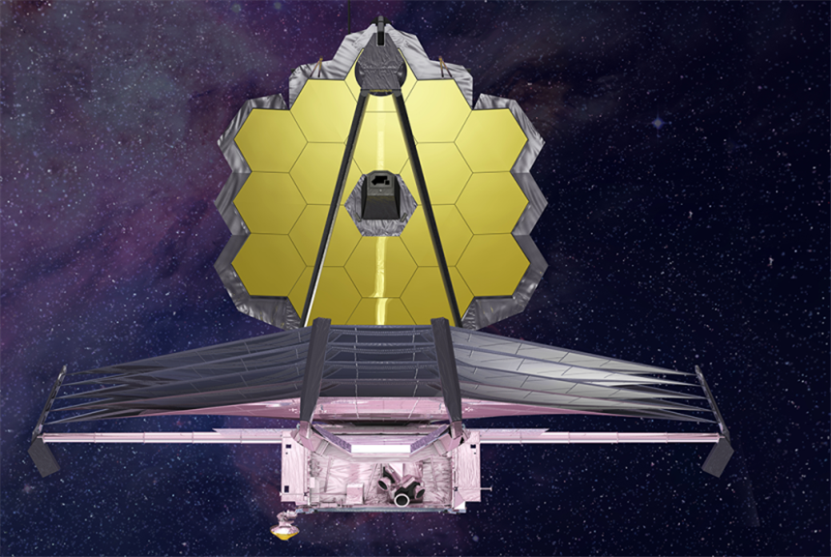Expectedly stunning, these images are waiting for researchers around the world to demonstrate the enormous capabilities of the James Webb telescope.
The exact date of publication of these photos will be determined later, and their content will remain confidential until the last minute.
Klaus Pontopedan, director of the science program for the James Webb Telescope at the Science Institute, which operates the scientific instrument from Baltimore, has promised to release images taken by the telescope’s four scientific instruments.
During the press conference, he indicated that “all subjects” of the telescope’s scientific observation will be shown, especially the universe in its infancy, the life cycle of stars, and the outer planets.
According to Pontopedan, the telescope operates in infrared and thus can detect “colors outside the visible spectrum” of the eye.
Photos must be “translated into visible colors that people can see” before the photos can be published.
At the end of April, the James Webb Telescope completed the alignment phase of its large main mirror and four scientific instruments.
Telescope images have been released previously, but they showed vast stellar fields used to calibrate the instruments, rather than astrophysical targets of scientific interest.
For the photos, which will be made public in mid-July, a committee has been set up to determine a long list of potential targets in order of priority.
The James Webb Telescope, a $ 10 billion international project, was successfully launched last year and is currently 1.5 million kilometers from Earth.
Following the publication of these first scientific photographs, the first official observation cycle will begin. In particular, the telescope is expected to make it possible to observe the first galaxies formed just a few hundred million years after the Big Bang.
The telescope’s mission is expected to last at least five years, but James Webb has enough fuel to run for more than 20 years.
Source: Al Akhbar
